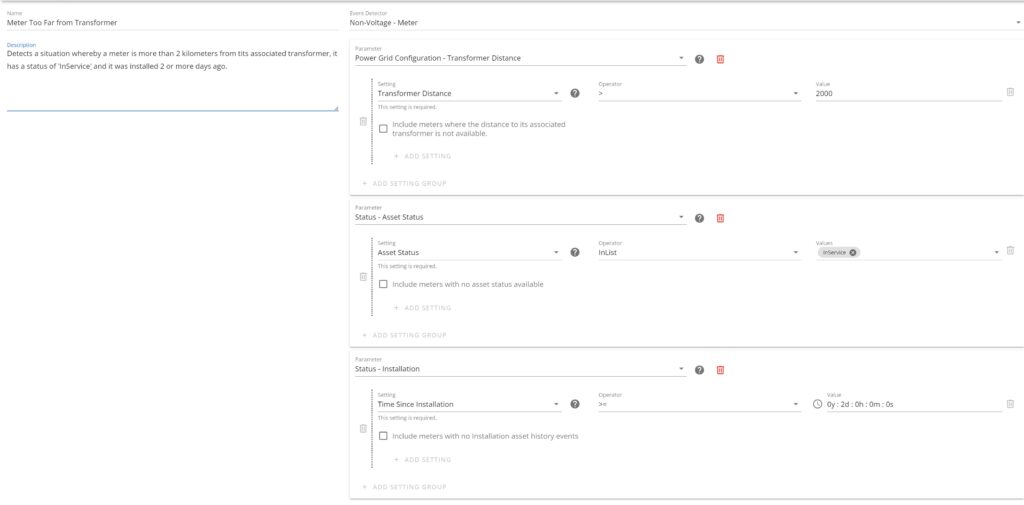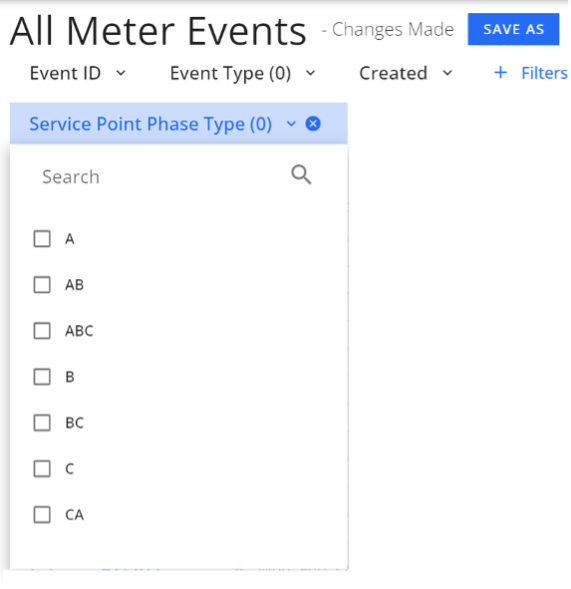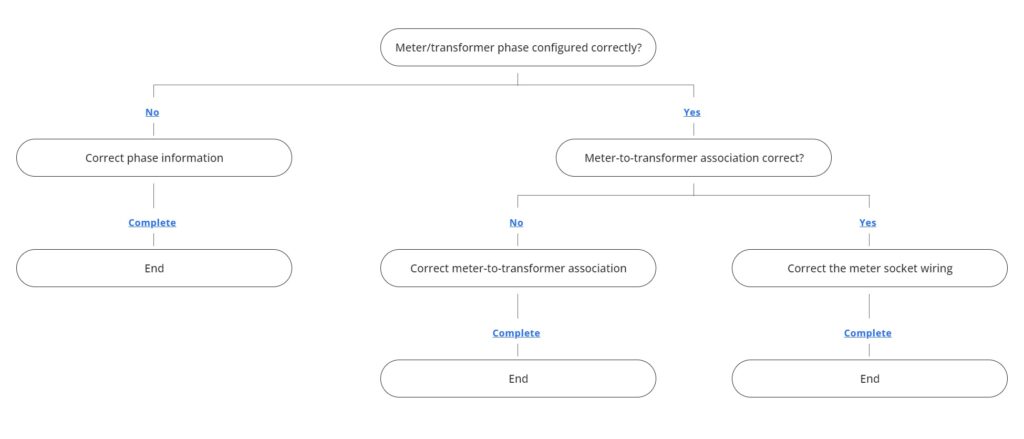Trynzic for Utilities Use Case: Connectivity Model
Click here to download this use case as a PDF.
Overview
With external pressures like electrification, energy transitions, legislation, and supply chain constraints, the need for utilities to increase their capacity for speed and operational flexibility is more important now than ever before.
Regardless of size, utilities need a pathway to react to grid conditions by using relevant, timely data without high costs, long software cycles, or the technical debt that comes with custom development.
To meet this need, Trynzic’s software platform solution, Trynzic for Utilities, can be used to monitor and manage many grid conditions. One important use is finding inconsistencies in your grid’s connectivity model.
This use case document reviews two scenarios available within the Trynzic for Utilities “Connectivity Model” business process template that can assist in finding inconsistencies in your grid connectivity model.
The first scenario is a meter being too far away from the transformer it is associated with. The second scenario is a detected phase mismatch between the meter and its associated transformer.
Scenario #1: Meter Too Far from Transformer
Step 1 – Configure the Event
Detecting if a meter is too far away from its associated transformer is easily done using the “Power Grid Configuration – Transformer Distance” event detection parameter within Trynzic for Utilities.
The “Transformer Distance” can be set to whatever distance value (in meters) is logical for your power grid.
For instance, if there are known to be some significant distance discrepancies in the model, the value could be set to several kilometers to find the largest outliers and, once those issues are resolved, continue to reduce the distance to a sustained value that works for your utility.
In the example pictured, Trynzic will detect whenever a meter is more than 2,000 meters away from its associated transformer and it has been “InService” for at least 2 days.

Step 2 – Prioritize Detected Connectivity Issues
With Trynzic for Utilities mapping view capabilities, users can then see all the meters, and their associated transformers, that are too far away from one another.
Depending on the density of meters and how many issues exist within the model, sometimes it is quite possible that transformer associations can be fixed by visual inspection alone.
Step 3 – Delegate Work to the Right Teams
From a business process perspective, due to the physical nature of the grid network, it would be expected that most of these issues are issues with data within the systems of record.
The process below shows first verifying the location of the meter and the transformer, likely using GIS tools. “Verify Geographic Location” actions would be assigned to the GIS group. If locations are correct, then it is likely that the inconsistency needs to be addressed in the system that is the master of the meter to transformer associations.

Scenario #2: Meter/Transformer Phase Mismatch
Step 1 – Configure the Event
Identifying meters (service points) where the power phase is not provided by the transformer (transformer bank) can be performed using the “Power Grid Configuration – Phase Association Discrepancy” event detection parameter.
Within Trynzic for Utilities, the following configuration is all you need to be able to find any transformer bank/service point phase mismatches within your grid.

Step 2 – Prioritize Connectivity Issues to Be Resolved
From the perspective of prioritization, you may want to address multi-phase meter issues before single-phase issues. To do that, simply add a “Service Point Phase Type” filter to the “All Meter Events” view and select the phases you wish to include in the list of events.

Step 3 – Delegate and Resolve Issues
Resolving a phase discrepancy issue may be a bit more involved because, if the issue is not a configuration issue in back office software, physical changes to the network might be required.

Conclusion
Finding and eliminating connectivity model issues is easy with the Trynzic for Utilities platform. Using mechanisms such as distance and phase analysis, Trynzic can constantly monitor your grid to detect inconsistencies to allow you to remedy them before they cause significant downstream effects.
If you’re interested in learning more about what Trynzic for Utilities can do, please get in touch. We’d be happy to set up a demo and help your utility transition to become a Smart Utility.